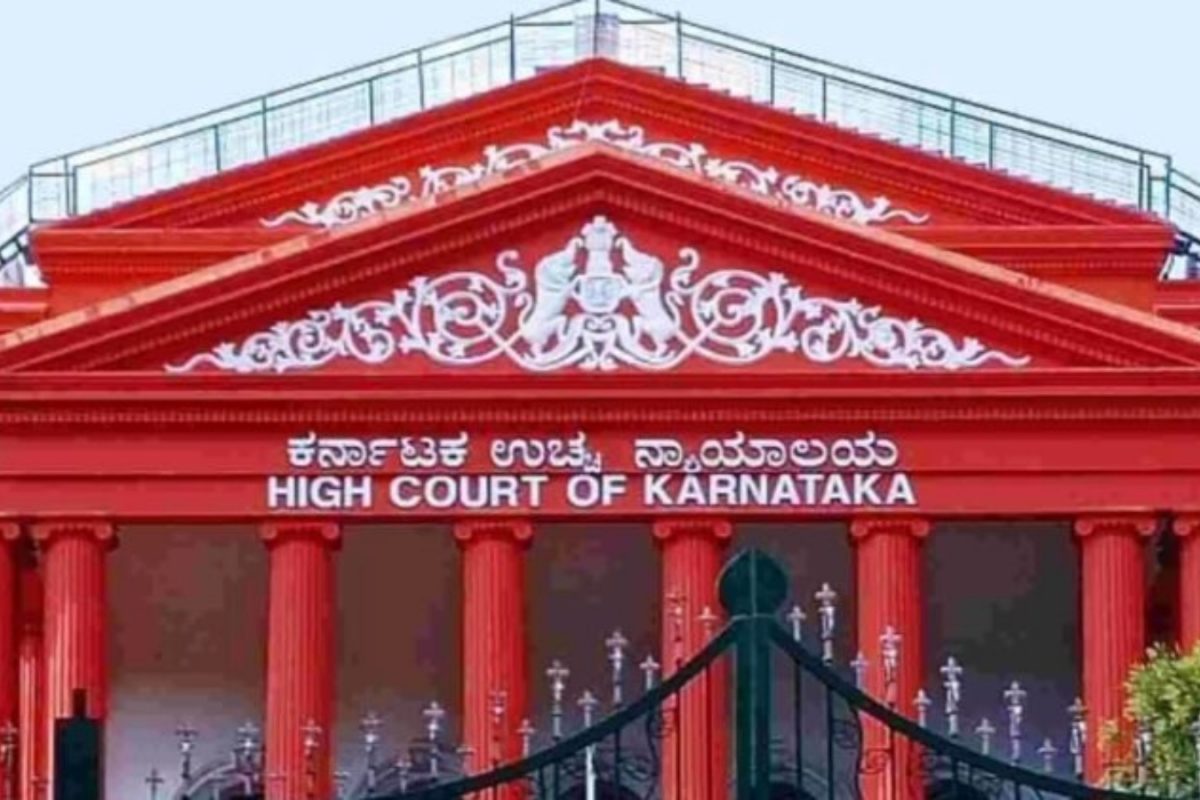

The Karnataka High Court has taken a firm stance regarding the recent stampede at Bengaluru's M. Chinnaswamy Stadium, which resulted in 11 fatalities and numerous injuries. The incident occurred during celebrations for the Royal Challengers Bangalore's (RCB) victory in the Indian Premier League (IPL). The court has initiated a suo motu public interest litigation (PIL) and has directed the state government to provide a detailed status report, demanding answers to critical questions by May 10. However, considering the current date is June 5, 2025, the government has already provided its response, and the court is proceeding with hearings.
The High Court's intervention aims to ascertain the causes of the tragedy, determine whether it could have been prevented, and establish what remedial measures are necessary to prevent future occurrences. A division bench, comprising acting Chief Justice V. Kameswar Rao and Justice C.M. Joshi, has raised several pointed questions to the state government.
Key questions posed by the High Court include whether the government had made any advance assessment of the number of people likely to be present for the celebrations. With the stadium's capacity being 34,600, and an estimated 250,000 people gathering around it, the court is scrutinizing the government's preparedness for such a large crowd. The court is also questioning the steps taken to regulate traffic and manage the public, as well as the standard operating procedures (SOPs) in place for managing such large events. The state government has admitted that it lacked an SOP for managing and controlling large events of this nature but assured the court that one would be developed.
In its statement to the court, the government confirmed the locations of the deaths within the stadium vicinity: four near Gate 7, two near Gate 6, one near Gate 1, and four near Gates 17-21. Out of the 56 injured, 51 sustained minor injuries, three grievous, and two moderate injuries. The government also stated that a First Information Report (FIR) has been filed and the case has been referred to the Criminal Investigation Department (CID) for investigation by a special investigation team (SIT).
In addition to the High Court's actions, Chief Minister Siddaramaiah has ordered a magisterial inquiry into the incident, led by the Bengaluru Urban Deputy Commissioner. The inquiry will focus on lapses in planning, coordination, and crowd management. The Chief Minister has also announced a compensation of ₹10 lakh for the family of each deceased person and is covering the medical expenses of the injured. The Karnataka State Cricket Association (KSCA) has announced an additional compensation of ₹5 lakh.
The incident has sparked strong political reactions, with opposition leaders criticizing the Congress-led state government for mismanagement. Allegations include prioritizing publicity over safety and a lack of preparedness for the massive crowd. The government has responded by suspending several police officers, including Bengaluru City Police Commissioner B. Dayananda, pending inquiry. A one-man judicial commission, headed by retired Karnataka High Court judge Justice Michael D'Cunha, has also been formed to investigate the incident and submit a report within a month.
The Royal Challengers Bangalore team management announced a victory march in an open bus from Vidhana Soudha to the stadium. However, the Bengaluru traffic police initially refused permission for the parade due to traffic concerns but later gave clearance for the event at Chinnaswamy Stadium. RCB also confirmed free passes on a first-come, first-served basis, which further contributed to the large crowd.
The incident has led to a blame game, with Karnataka Minister K.C. Sudhakar blaming IPL organizers and others pointing fingers at the state government. The High Court's intervention seeks to cut through the political noise and establish accountability for the tragedy, as well as to ensure that measures are put in place to prevent similar incidents in the future. The next hearing is scheduled for June 10.